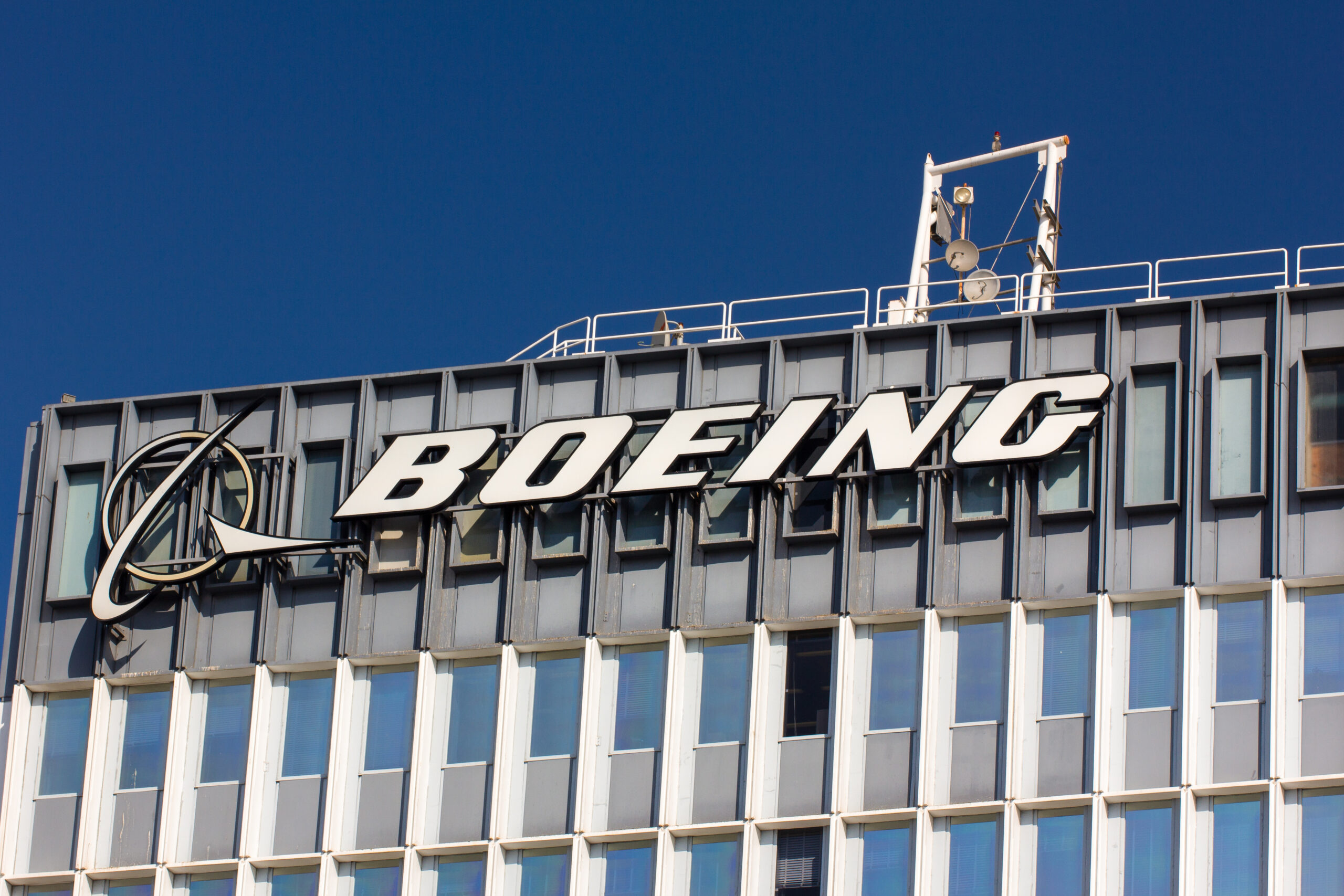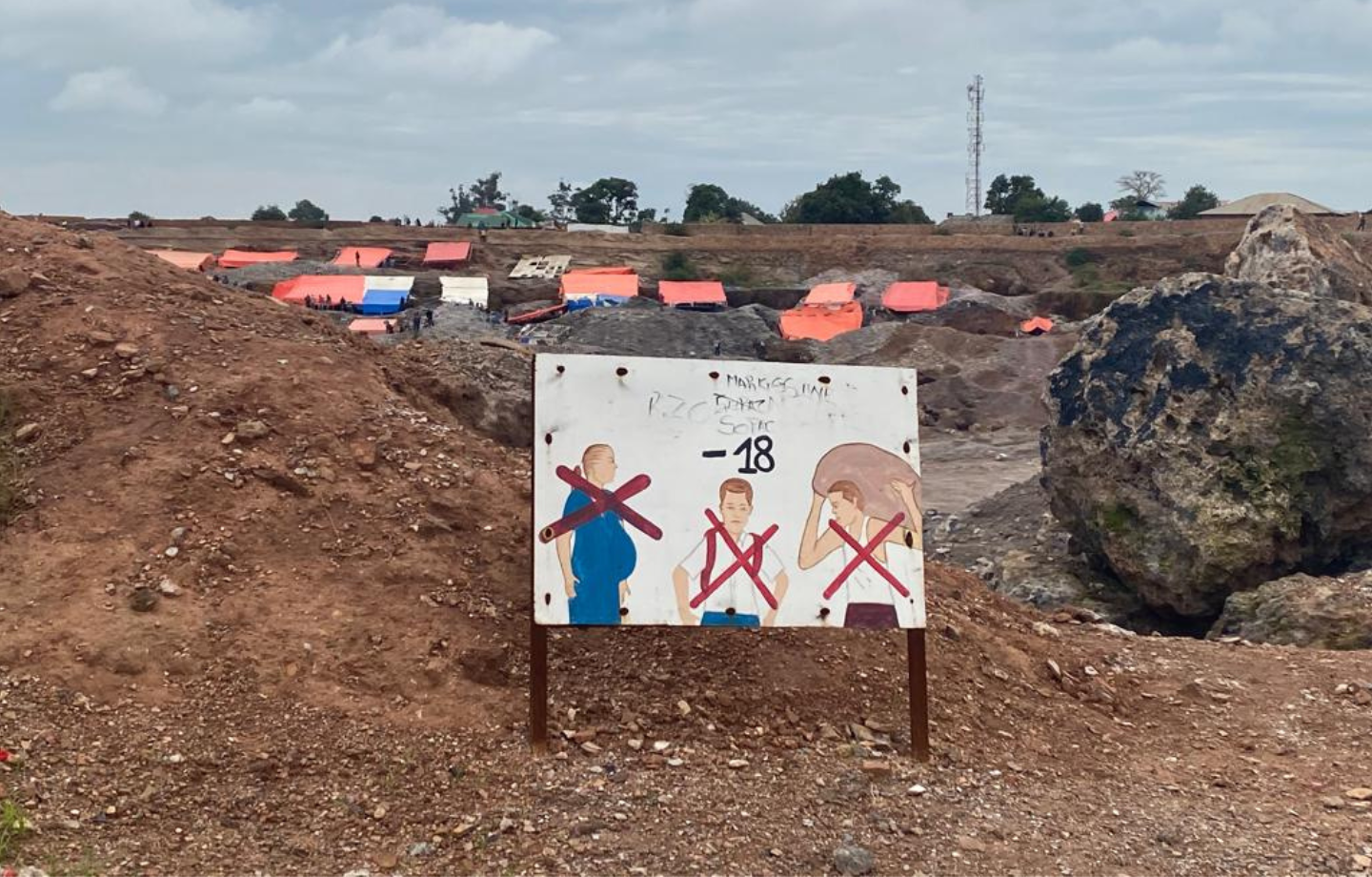Boeing’s Decline Traced to Decades of Catering to Shareholders Above All Others

April 8, 2024
Much has been written in recent months about the safety crisis at the Boeing, centered on multiple failures in the company’s 737 Max airplanes and the costs to the company. Last month, the Federal Aviation Administration grounded these Boeing planes following an incident in January when a loose door plug caused a door to blow off an Alaska Airlines plane in mid-flight. This was just the latest blow to an iconic company already facing serious damage to its reputation.
The most serious safety lapses involving a faulty flight control system led to two fatal crashes in Indonesia in 2018 and Ethiopia in 2019, which together caused more than 500 deaths. Several major Boeing customers have scaled back or postponed orders for new planes, and the share price for Boeing stock has declined 27% since the beginning of the year.
In an in-depth piece over the weekend in the Seattle Times, Dominic Gates, the paper’s Pulitzer Prize-winning aerospace reporter, offered an insightful assessment of the long decline in production safety standards at Boeing, which date back at least to its merger with McDonnell Douglas in 1997. Almost immediately after the merger there was a dramatic class of cultures between the two companies. Boeing prided itself on being a firm driven by engineers who focused on quality while McDonnell Douglas made decisions primarily to cut costs to satisfy investors.
Here is an excerpt from the Gates article:
The arc of Boeing’s fall can be traced back a quarter century, to when its leaders elevated the interests of shareholders above all others, said Richard Aboulafia, industry analyst with AeroDynamic Advisory.
“Crush the workers. Share price. Share price. Share price. Financial moves and metrics come first,” was Boeing’s philosophy, he said. It was, he said, “a ruthless effort to cut costs without any realization of what it could do to capabilities.”
To drive down costs, Boeing chose to aggressively confront first its workforce and then its suppliers rather than partner with them. It left both, Aboulafia said, “angry and alienated.” Today Boeing’s leaders are tepidly admitting that this shareholders-first, cut-costs, workers-be-damned strategy was flawed. But, for two decades, it worked.
Boeing’s leaders delivered gushers of cash to shareholders through stock buybacks and dividends — $68 billion since 2010, according to Melius Research — rather than investing in future all-new airplanes, such as pulling forward airline cash advances.
Many factors have contributed to Boeing’s decline. One notable change has been the company’s broad divestment of assets to please investors. One example was the sale of Spirit AeroSystems, its main aerostructures operations in Kansas. Intended to cut costs, Boeing now outsources this work to Spirit AeroSystems, which has weakened it’s quality control.
 Values-Based Investing
Values-Based Investing Global Labor
Global Labor Safeguarding Outsourced Labor
Safeguarding Outsourced Labor


